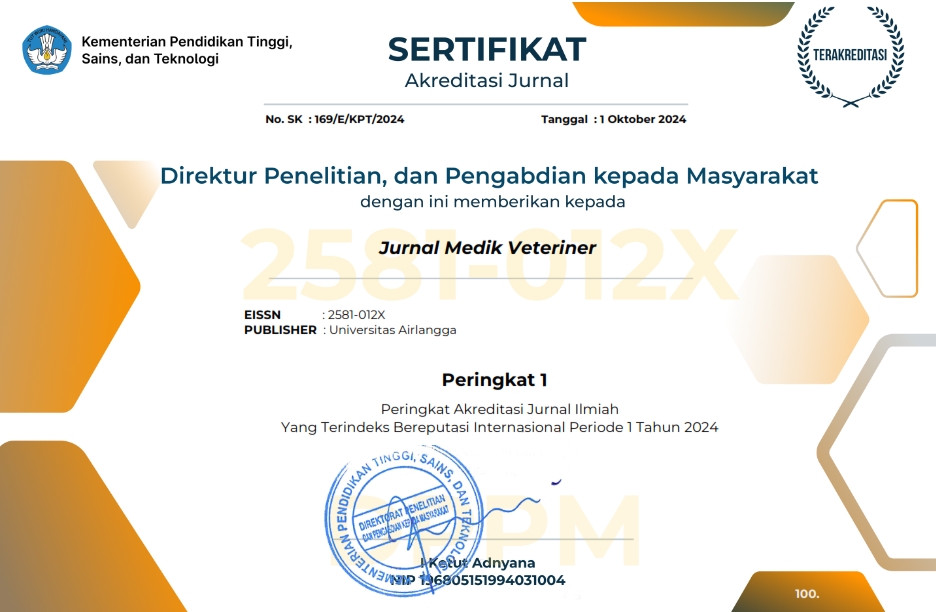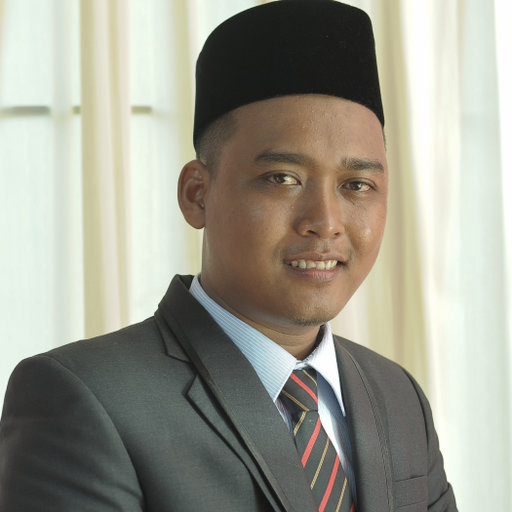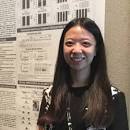Effectiveness of Clove Flower Extract (Syzygium Aromaticum L.) as Analgesic on Licking Time Reaction in Male Mice with Formalin Induction
Downloads
This research is about testing the effectiveness of clove flower extract (Syzygium aromaticum L.) as an analgesic against the beating time caused by formalin male mice. This research is experimental with the Complete Random Design formula producing four times repetition (N = 4) and divided into five treatment groups (t = 5). Data were analyzed using ANAVA factorial test then followed by Duncan test. All tests are carried out with Product Solutions and Service Statistics (SPSS). The results of research and statistical analysis prove that clove flower extract at a dose of 1% is an effective dose compared to other treatment groups, seen from the amount of time licking male mice which is smaller than other treatment groups. It can be concluded that the administration of clove flower extract has analgesic effectiveness against the reaction of male mice induced by formalin. The concentration of clove flower extract 1% is the most effective in reducing licking time.
Ardinata, D. (2007). Multidimensional Nyeri. Jurnal Keperawatan Rufaidah Sumatera Utara. 2(2), 77-81.
Chang, H. Y., Sheu M. J., Yang, C. H., Lu, T. C., Chang, Y. S., Peng, W. H., Huang, S. S & Huang, G. J. (2011). Analgesic effects and the mechanisms of anti-inflammation of hispolon in mice. Evidence-Based Complementary and Alternative Medicine.
Ezeja, M. I, Omeh, Y. S, Ezegibo, I., & Ekechukwu, A. (2011). Evaluation of the Analgesic Activity of the Methanolic Stem Bark Extract of Dialium Guineense (Wild). Department of Veterinary Physiology, Pharmacology and Biochemistry. Michael Okpara University of Agriculture Nigeria. Annals of Medical Health Sciences Research, 1(1), 55-62.
Fatimatuzzahroh, F., Firani, N.K., & Kristianto, H. (2016). Efektifitas Ekstrak Bunga Cengkeh (Syzygium aromaticum) terhadap Jumlah Pembeluh Darah Kapiler pada Proses Penyembuhan Luka Insisi Fase Proliferasi. Majalah Kesehatan FKUB, 2(2), 92-98.
Hadi, S. (2012). Pengambilan Minyak Atsiri Bunga Cengkeh (Clove Oil) Menggunakan Pelarut N-Heksana dan Benzena. Jurnal Bahan Alam Terbarukan. JBAT, 1(2), 25-30.
Katzung, B. G., Masters, S. B., & Trevor, A. J. (2012). Farmakologi Dasar dan Klinik. Edisi 10. Terjemahan Nugroho Widhi A. dari Basic and Clinical Pharmacology. Jakarta: EGC.
Khalilzadeh, E., Hazrati, R., & Saiah, G. V. (2014). Evaluation of Chemical Composition, Anti-Inflamatory And Antinocicptive Effect of Eugeina Caryophyllata Buds Essential Oil. Jurnal Of Herbal Drugs, 5(2).
Kong, X., Liu, X., Li, J., & Yang, Y. (2014). Advances in Pharmacological Research og Eugenol. Curr Opin Complement Alternat Med, 1(1), 8-11.
Paikin J. S., & Eikelboom, J. W. (2012). Aspirin. Circulation, 125, 439-42
Shibata, M., Onkubo, T., Takashi, H., & Inoki, R. (1989). Modified Formalin Test Characteristic Bhipahse Pain Response. Pain, 38, 345-55.
Sumardjo, D. (2009). Pengantar Kimia. Jakarta: EGC.
Williams, J. (2005). Panduan etika Medis. Yogyakarta: PSKI FK UMY.
Walton, R. E. & Torabinejad. M. (2008). Principles and Practise of Endodontics. Terjemahan N. Sumawinata. Jakarta: EGC.
Authors who publish in this journal agree to the following terms:
1. The journal allows the author to hold the copyright of the article without restrictions;
2. The journal allows the author(s) to retain publishing rights without restrictions;
3. The legal formal aspect of journal publication accessibility refers to Creative Commons Attribution-NonCommercial-ShareAlike 4.0 International License (CC BY-NC-SA).






11.jpg)




















